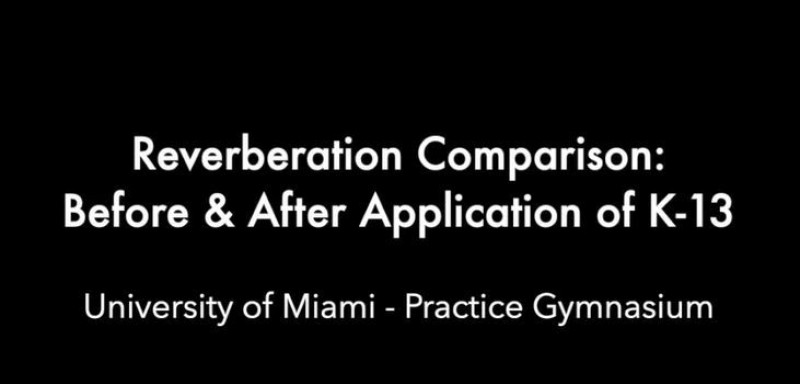-
Australia
Copyright © 2025 Powered by BCI Media Group Pty Ltd
Confirm Submission
Are you sure want to adding all Products to your Library?
Contact Detail
28 Mar 2023 by Enviroflex Commercial Pty Ltd

One of the great acoustic challenges is the reduction of reverberation within enclosed spaces, to enhance enjoyment of the environment.
Reverberation at a simplistic level is created when sound waves hit a hard object and bounce as opposed to when they hit a soft object and are absorbed.
The trend toward minimalist design, hard edges and surfaces leads to noise continually bouncing. We have all heard this in Australia’s busy café’s and restaurants. You struggle to hear and process the conversation – the food might be great but you don’t wish to return due to the lack of ambience.
We do not always want complete absorption, people want a little buzz in a restaurant, whilst an
acoustically dead(ish) environment would be advantageous in a lecture theatre to facilitate learning and focus. The trick is to match the “buzz” to the environments purpose.
This gets especially difficult when you have spaces utilised for contrasting purposes.
This video shows a school gymnasium - big, cavernous spaces with no soft surfaces for absorption being used for an awards speech. The reverberation makes the speech inaudible. In our experience many schools seek to double their gymnasiums as theatres/auditoriums. They are built for one purpose and in their current state are unfit for the other.

Click Here For The Video
In the video, the reverberation prior to acoustic treatment is measured at 4.9 seconds, after
application of International Cellulose Corporation’s K13 the reverberation decreases to 1.2 seconds.
The speech is audible and whilst the philharmonic might not find it appropriate, the acoustic treatment enhances the buildings ability for multiple purpose usage.
If you’d like to learn more about reverberation and other acoustic challenges, you can listen to the Listen Well Podcast, Listen Well is hosted by Tim Murray, an Australian Acoustic Engineer.
IF YOU'D LIKE TO LEARN MORE ABOUT REVERBERATION AND OTHER ACOUSTIC CHALLENGES, TUNE INTO THE 'LISTEN WELL' PODCAST, HOSTED BY TIM MURRAY, AN AUSTRALIAN ACOUSTIC ENGINEER.



